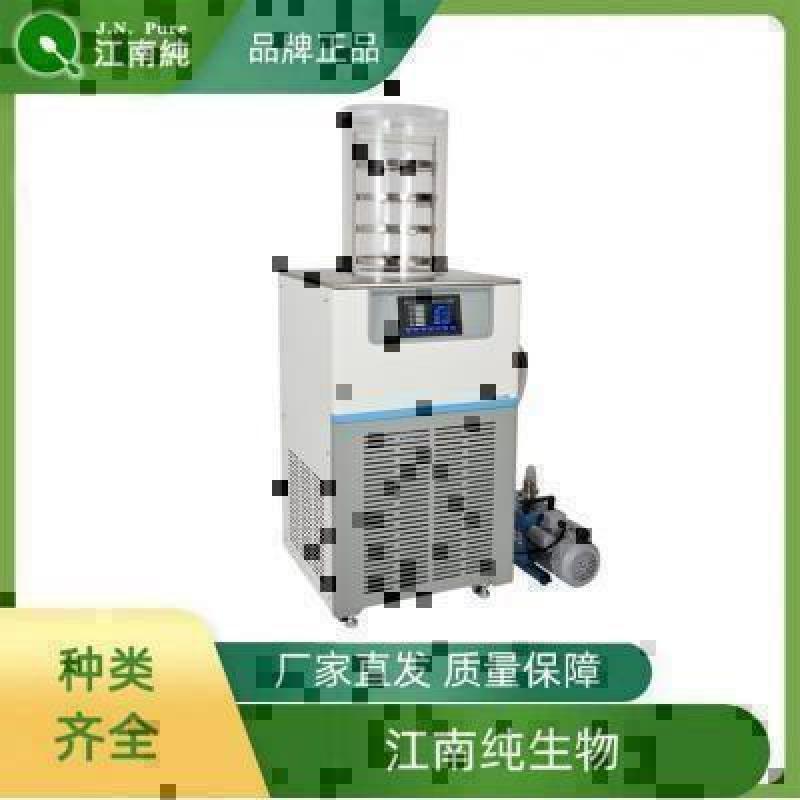Anti-FAT3 antibody
| 英文名称 | FAT3 |
| 中文名称 | 钙粘蛋白15抗体 |
| 别 名 | Cadherin family member 15; CDHF15; CDHR10; FAT tumor suppressor homolog 3; Fat3; FAT3_HUMAN; hFat3; Protocadherin Fat 3. |
DATASHEET
Host:Rabbit
Target Protein:FAT3
IR:Immunogen Range:601-800/4589
Clonality:Polyclonal
Isotype:IgG
Entrez Gene:120114
Swiss Prot:Q8TDW7
Source:KLH conjugated synthetic peptide derived from human CDHF15/FAT3:601-800/4589
Purification:affinity purified by Protein A
Storage:0.01M TBS(pH7.4) with 1% BSA, 0.03% Proclin300 and 50% Glycerol. Shipped at 4℃. Store at -20 °C for one year. Avoid repeated freeze/thaw cycles.
Background:The cadherins represent a family of Ca2+-dependent adhesion molecules that function to mediate cell to cell binding that is critical for the maintenance of structure and morphogenesis. Cadherins each contain a large extracellular domain at the N-terminus, which is characterized by a series of five homologous repeats, the most distal of which is thought to be responsible for binding specificity. The relatively short C-terminal intracellular domain interacts with a variety of cytoplasmic proteins, including ∫-catenin, to regulate cadherin function. The cadherin superfamily includes cadherins, protocadherins, desmogleins and desmocollins. FAT3 (FAT tumor suppressor homolog 3, also known as CDHF15 or CDHR10, is a 4,589 amino acid single-pass type I membrane protein expressed in ES cells, primitive neuroectoderm, fetal brain, infant brain, adult neural tissues and prostate. Containing thirty-three cadherin domains, four EGF-like domains and one laminin G-like domain, FAT3 may participate in the interactions between neurites derived from specific subsets of neurons during development.
Size:100ul
Concentration:1mg/ml
Applications:ELISA(1:5000-10000)
IHC-P(1:100-500)
IHC-F(1:100-500)
ICC(1:100-500)
IF(1:100-500)
Cross Reactive Species:Human
Mouse
Rat
Dog
Cow
Rabbit
Sheep
.
For research use only. Not intended for diagnostic or therapeutic use.


好评度